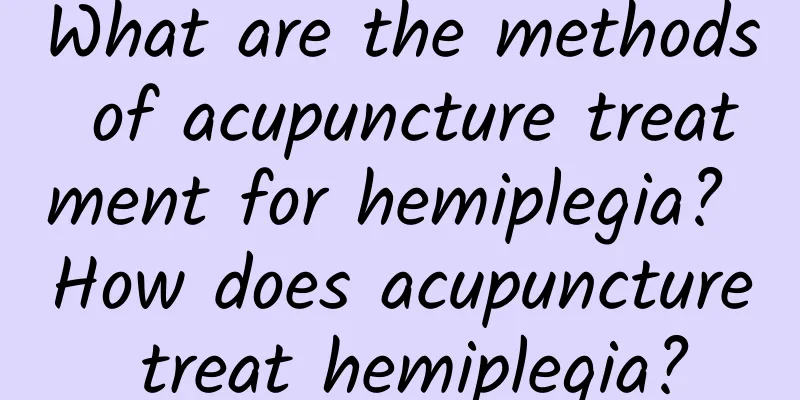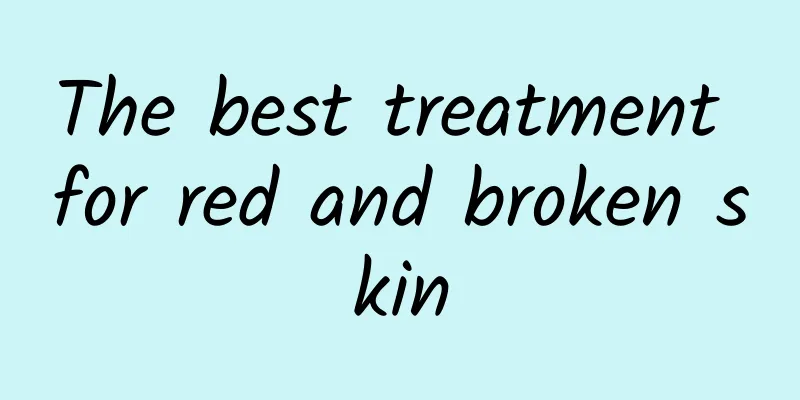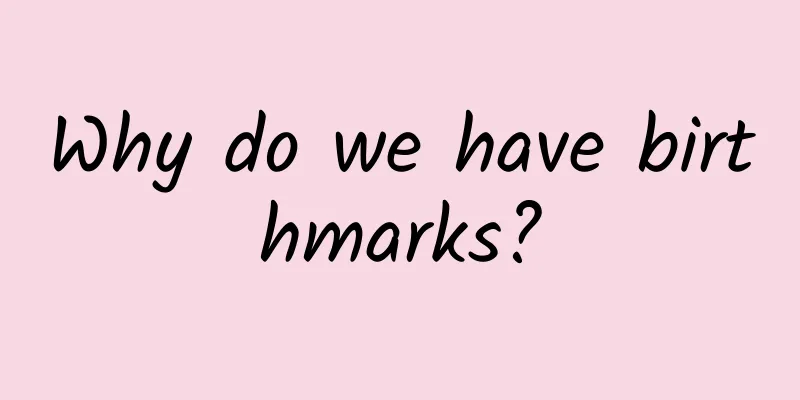What are the methods of acupuncture treatment for hemiplegia? How does acupuncture treat hemiplegia?

|
The most common symptom of hemiplegia caused by stroke is limb inflexibility. If traditional Chinese medicine is used for treatment, it can improve muscle strength, shorten the course of the disease, and improve the ability to take care of oneself. So what is the acupuncture plan for hemiplegia? 1. Middle Meridian: 1. The collaterals are empty, and wind evil enters the body Symptoms: numbness of the skin, hands and feet, sudden facial paralysis, slurred speech, drooling from the mouth, and even hemiplegia; or accompanied by heat and cold, fever, limb stiffness, joint pain, thin white tongue coating, and rapid pulse. Treatment: Clear the meridians, harmonize Qi and blood, and nourish the liver and kidneys. The treatment mainly focuses on the Yangming meridians of the hands and feet, supplemented by the Taiyang and Shaoyang meridian acupoints, and acupuncture and moxibustion are used together. For the initial stage of the disease, only the affected side can be punctured, while for long-term diseases, both sides can be punctured, first the healthy side and then the affected side. That is, the therapy of "replenishing the healthy side and purging the affected side". Main acupoints: Upper limbs: back, Quchi, Shousanli, Waiguan, Linggu, Dabai (side of inverted horse needle) Lower limbs: Huantiao, Yanglingquan, Cesanli, Cexiasanli, Jiexi, and Huozhu points. Acupoint combination: In addition to the above-mentioned acupoints, if hemiplegia persists for a long time, you can also prick the well points on the affected side to induce bleeding. Bloodletting: Upper limbs: Dazhui, acromion, Chize, Houxi; Lower limbs: Sanjin, Weizhong, Cesanli. To treat wind, you should treat blood. When the blood circulates, the wind will disappear. Water injection: Mix safflower injection and salvia miltiorrhiza injection for injection, two groups of main acupoints each time, 2-5 acupoints are selected respectively, and 2-3 acupoints are selected according to the symptoms. 2. Liver and kidney yin deficiency, wind and yang disturbance Symptoms: Dizziness and headache, tinnitus, insomnia and frequent dreams, sudden onset of facial paralysis, stiff tongue and slurred speech, heaviness of hands and feet; in severe cases, hemiplegia, red tongue or greasy coating, and stringy and fine or slippery pulse. Treatment method: Nourish Yin and suppress Yang, extinguish wind and dredge the meridians. Main acupoints: Upper limbs: Jianzhong point, Shouwuli point, Chize point, Yangchi point, opposite side Zhongzi point and Chongxian point. Lower limbs: Biguan, Sima Shang acupoint, Sima Xia acupoint, Tongguan, Tongshen, Shenguan, Renhuang, Guangming, Taichong. Associated acupoints: Add Dazhui, Jianyu, Bi'er and Yangxi points on the upper limbs. Add puncture to the Tianhuang, Diji, Dihuang and Sihuaxia points on the lower limbs. Bloodletting: The acupoints can be used for pricking therapy. The effect of pricking on the affected side is better. When the joints on the healthy side are flexed and contracted, additional acupoints can be pierced. If the skin is numb, the affected area can be tapped with a skin needle. Meaning of the prescription: Wind diseases often affect the Yang meridians. Yang is active. When limb movement is impaired, the disease is in the Yang. Therefore, this prescription uses acupoints on the three Yang meridians of the hands and feet. Yangming is a meridian with much Qi and blood, so the acupoints on the Yangming meridian are used as the main ones. When the Qi and blood of the Yangming meridian are unobstructed, the limb movement function is easy to recover. If hemiplegia lasts for a long time, the affected limb is prone to muscle atrophy or stiffness. According to the different meridian circulation routes, the acupoints on the Yangming meridians of the hands and feet are used separately. The purpose is to harmonize the meridians and dredge the Qi and blood. 2. Middle organs 1. Closed certificate Symptoms: Sudden coma and unconsciousness. Jaws are clenched, mouth cannot be opened, hands are clenched, urination and defecation are blocked, limbs are stiff and spasmodic; Yang closure: red face and hot nose, rough breath and bad breath, restlessness, yellow and greasy tongue coating, stringy and slippery pulse; Yin closure: pale face and dark lips, no restlessness when lying still, stiff limbs, white and greasy tongue coating, deep, slippery and slow pulse. Treatment principle: Calm the liver and extinguish wind, clear the heart and resolve phlegm, wake up the brain and open the orifices. The Du meridian and the twelve Jing points are used as the main points, supplemented by the acupoints of the hand and foot Jueyin meridians and the foot Yangming meridians. Acupoints: Main acupoints: Suliao, Renzhong, 12 Jing points, Taichong, Sihuazhong, Shoujie point, Acupoint combination: For clenched jaw, match Xiaguan and Cheek Cartilage; for clenched hands, match Linggu and Dabai; for difficulty speaking, match Tiantu and Shanglianquan. Bloodletting: pricking the twelve wells to bleed, or pricking obliquely upwards; bleeding from the ear tip. Meaning of the prescription: The acupoints in this prescription have the functions of calming the liver and extinguishing wind, clearing away heat and fire, and resolving phlegm and opening the orifices. Yang-blocking or Yin-blocking syndrome is caused by a sudden surge of liver yang, which causes the upward rush of qi and blood mixed with phlegm, fire, and dampness, blocking the clear orifices. Select the twelve Jing points for pricking and bleeding to clear the heart, reduce heat, resolve phlegm and open the orifices. Ren Zhong is a key point on the Du Meridian, which has the functions of harmonizing the Qi and blood of the Du Meridian and opening and closing the orifices. The Liver Meridian reaches the top of the head. Taichong, the original point of the Liver Meridian, is used to calm the liver and reduce adverse effects, subdue Yang and extinguish wind. When the spleen and stomach are out of harmony, the transportation and transformation functions are impaired, and phlegm and turbidity are generated internally, the Sihuazhong point on the Yangming Meridian is used to regulate the spleen and stomach, remove dampness and resolve phlegm. Rong of the Hand Jueyin Pericardium and the Hand Jie point are used to clear the heart and reduce heat. 2. Loss of certificate Symptoms: sudden fainting, loss of consciousness, eyes closed and mouth open, faint snoring, cold hands and limbs, excessive sweating, involuntary urination and defecation, limp limbs, atrophied tongue, thready or weak pulse, and impending death. Treatment principle: restore Yang and consolidate the body, select the Ren meridian acupoints. Acupoints: Main acupoints: Guanyuan, Shenque (moxibustion with salt), Zhenghui, Qianhui, Houhui, Linggu Acupoint combination: For excessive sweating, add Yinxi and Fuliu; for urinary incontinence, add Sanyinjiao; for the unconscious person, one needle at the manual Jie point or the Xiabai point will wake him up. Procedure: Use moxa sticks on Guanyuan acupoint and moxibustion on Shenque acupoint with salt until the limbs become warm. Scalp acupuncture: focus on the contralateral motor area and supplement with the foot motor sensory area. Needling method: insert 0.5-1 inch subcutaneously and twist the needle frequently. It can be used for hemiplegia caused by stroke and can achieve better results. Meaning of the prescription: The Ren meridian is the sea of yin meridians. The Ren meridian is a symptom of the decline of Yang Qi. According to the principle that Yin and Yang are mutually rooted, when the original Yang escapes outside the body, the Yang should be saved from the Yin. Guanyuan is the meeting point of the Ren meridian and the three yin meridians of the foot. It is the source of the triple burner's original qi and connects to the Mingmen straight yang. It is an acupuncture point with yin and yang. Shenque is located in the navel and is connected to the true qi. Therefore, use large moxa sticks to heavily moxibustion the two points to save the yang that is about to be lost. 3. Language impairment and aphasia as sequelae of stroke Symptoms: stiff tongue, slurred speech, numbness of limbs, stringy and slippery pulse or aphasia, palpitations, shortness of breath, and soreness of waist and knees. Treatment principle: calm the liver and extinguish wind, open the voice and benefit the orifices. Acupoints selection: Main points: Zhenghui, Shangqiu, Yamen, Fengfu, Lianquan, with Du meridian points as the main points. Acupoint combination: For tongue stiffness, add the shoulder point and Jinjin Yuye point; for tongue swelling, add Cesanli and Cexiasanli. Scalp acupuncture: For patients with aphasia, use the speech area, and use the inverted horse needle on the front and back of the head. Meaning of the prescription: Stiff tongue, slurred speech, dark voice and aphasia are caused by the tendons of the three yang meridians, which are connected to the jaw and cheek. Clamp at mouth. When invaded by wind, cold or dampness, the tendons become tense, so the mouth is tight and cannot open, the qi and blood are deficient, and the person is attacked by the wind. Taking Zhenghui, Yamen and Fengfu is intended to dispel wind and unclog the meridians, and open the orifices. |
<<: How many types of skin ringworm are there and what are they? What are the symptoms?
Recommend
Your lips are always peeling, these methods can prevent your lips from peeling!
There are many reasons for dry lips. Body heat, d...
Does frankincense have any medicinal properties?
Frankincense is a sap that comes from the sebum o...
How to care for baby’s eyebrow eczema?
If the baby has eczema on the eyebrows, parents c...
Bone necrosis where pain
The femoral head is located between our thigh and...
What is the most effective way to treat toothache?
Delicious food must be accompanied by healthy tee...
What to do if wisdom teeth gums are swollen and painful
Although wisdom teeth are not a disease, many peo...
Remedies for One-Sided Chewing
I wonder if you have ever observed yourself and t...
What is the reason for yellow complexion? These three points are most worthy of attention
I believe that a yellow complexion is a character...
Will taking Chinese medicine turn your stool black?
Normal stools are yellow or dark in color, but no...
Why are my hand joints swollen and painful?
In daily life, every part of the human body has i...
How to deal with burn scars
Burns are generally very easy to occur and are al...
The efficacy and function of purple sweet potato leaves
I believe everyone has eaten purple sweet potatoe...
Monk Fruit Cough Syrup
Medicine is very common in our life. There are ma...
What is the success rate of blastocyst transfer in vitro?
With the continuous improvement of medical techno...
Did you know that Sanyinjiao: regulates menstruation, stops bleeding, and promotes qi and menstruation?
The name of Sanyinjiao acupoint means that the qi...









